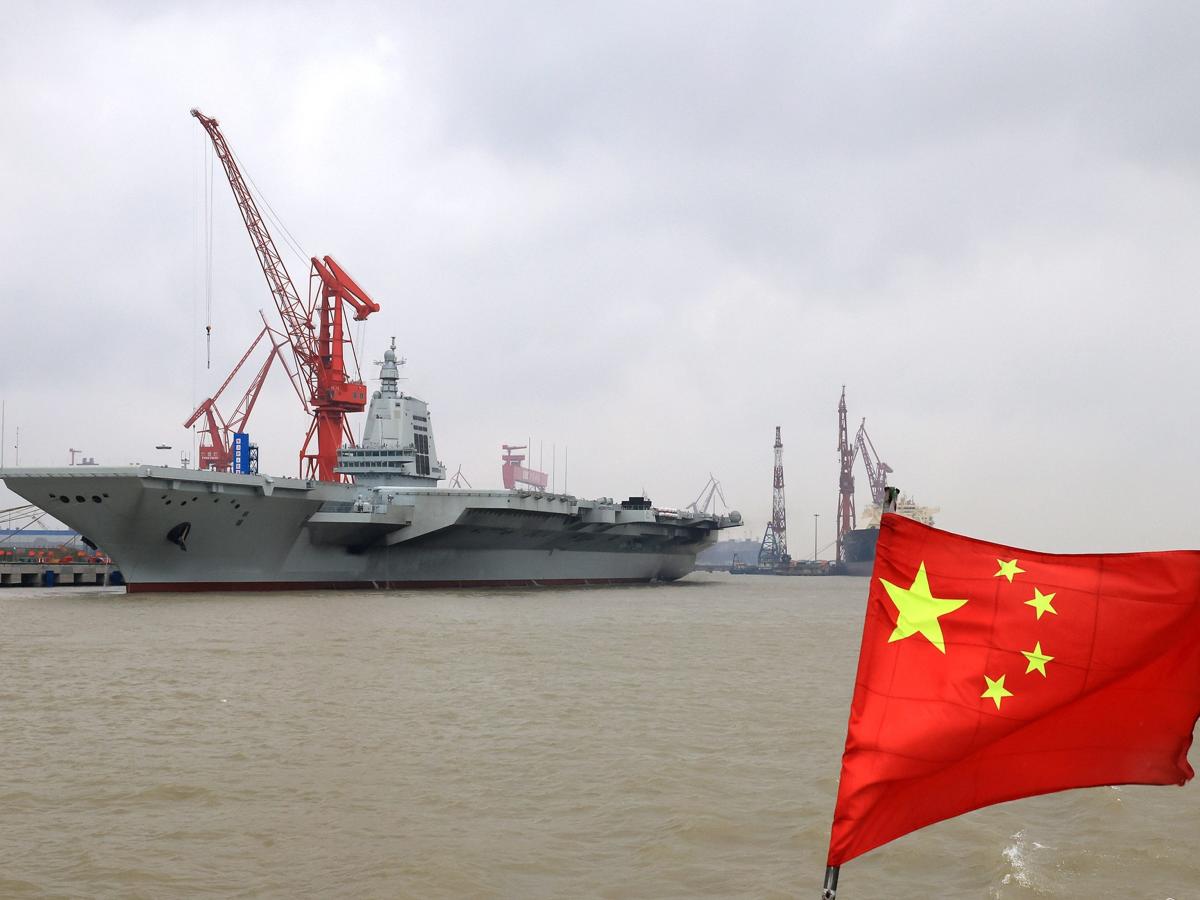-
China’s newest aircraft carrier is a substantial capability jump as it builds a modern blue-water navy.
-
Carriers are important to China’s national identity and vision of being a great power.
-
Carriers are also useful tools China can use to address a variety of strategy and security issues.
China is building a fleet of aircraft carriers, making technological and capability jumps at a breakneck pace.
Carriers bring new aviation capabilities to its navy, but the flattops also appear to be key elements of China’s vision for the future, giving it the ability to project strength and influence as a great power.
China’s latest carrier is the Fujian, a large, conventionally powered vessel that underwent sea trials earlier this spring. By all accounts, Fujian is a marked improvement over China’s first two carriers — it’s the only warship in its class and bigger than its Soviet-style predecessors, boasting a larger potential air wing.
Most notably, the Fujian lacks the ski-jump style ramp that is prominent on China’s Shandong and Liaoning carriers. Instead, its flight deck is equipped with an electromagnetic catapult launch system like the US Navy’s new Ford-class carriers.
For now, China and the US are the only countries with this technology, which allows them to launch heavier aircraft with more fuel, supplies, and weapons more efficiently and effectively, adding new assets and options to the air wing.
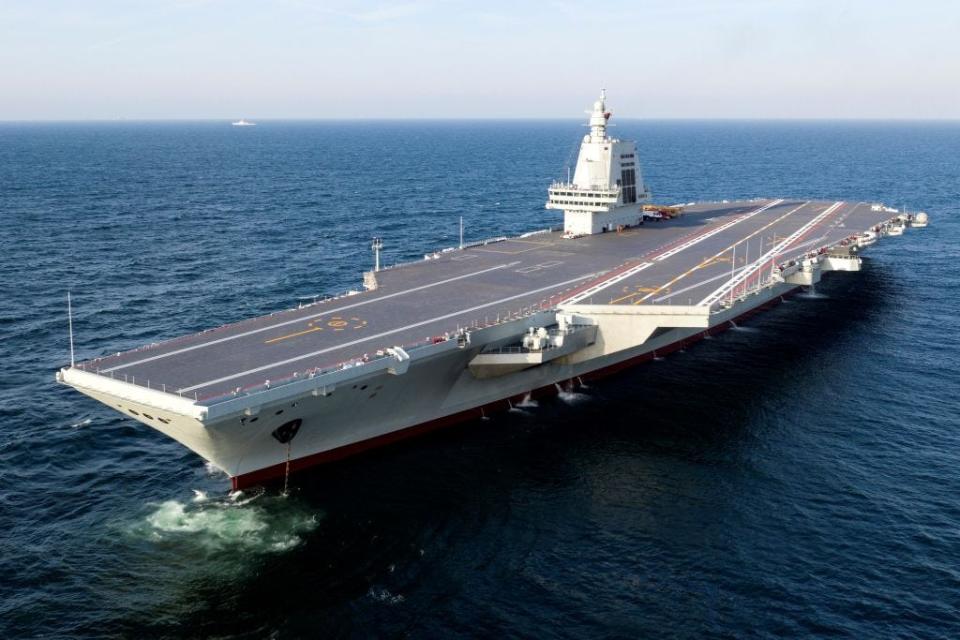
The big leap from the ski jump to the catapult system is already significant, but China also skipped steam-powered catapults, which would’ve been a natural next step from the ramps.
The move shows China is attempting to push technological boundaries while building and developing new carriers, reinforcing the view that with major shipbuilding capacity on its side, China can develop, test, and field capabilities faster than its competitors.
“Now it’s getting into a pace of understanding what it needs to successfully put an aircraft carrier into the water, and you combine that with its shipbuilding prowess and you have a recipe for a lot of carriers getting built in a short amount of time,” said Matthew Funaiole, a senior fellow with the China Power Project at the Center for Strategic and International Studies (CSIS).
China’s shipbuilding strengths and political motivations to build carriers are propelling it towards its blue-water navy future. China is planning to build and deploy six carriers in total by 2035, which would give China a fleet just over half the size of the American carrier force, though numbers alone aren’t everything.
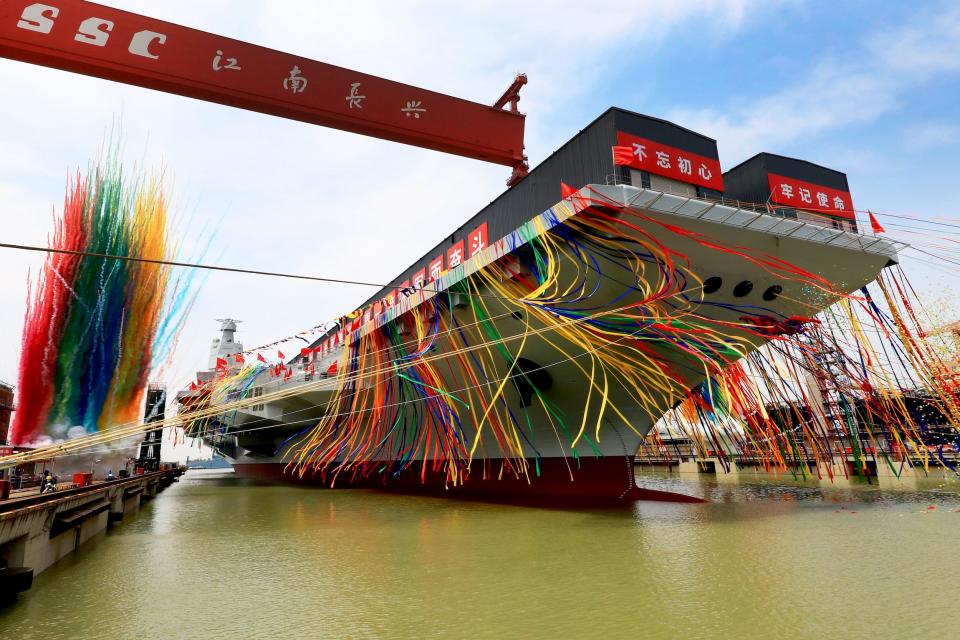

China has a roadmap for its ambitions in the coming decades. By 2027, its People’s Liberation Army is expected to be fully modernized, per a command from Chinese Communist Party leader Xi Jinping, giving it the ability to invade Taiwan should it decide to do so. And by 2049, China has goals for a national transformation into a modern power with a “world-class military.”
The “great rejuvenation of the Chinese nation” is a core Chinese ambition with different interpretations. US Army Maj. Kyle Amonson and retired US Coast Guard Capt. Dane Egli wrote in a 2023 Journal of Indo-Pacific Affairs article that this monumental Chinese effort “has been the ultimate goal for President Xi” and that the goal is the “emergence of China as the leading global power by 2049.”
“In this era of strategic competition, no strategic goal is more ambitiously anticipated than the annexation of Taiwan,” they wrote, as this would establish “Xi’s standing in history” and help him consolidate greater power.
Connected to the 2049 goal, to be realized within one hundred years of the founding of the People’s Republic of China under the Chinese Communist Party, is China’s desire “to have a naval presence and project power globally,” Funaiole explained, noting that while it may not be accomplished in the same way as the US, China wants the ability to flex its muscles, “and aircraft carriers are a big part of how it sees itself being able to accomplish those goals.”
Such a future — one where China’s carriers sail the globe like the US Navy — is not necessarily hard to imagine, given that while China faces plenty of domestic and economic woes at this time, it’s chasing the US military might at a speed and ability that clearly concerns US officials and military leaders.


Aircraft carriers are symbols of military strength. With thousands of sailors on board, dozens of combat aircraft, and often surrounded by other warships with their own capabilities, these flattops can represent a nation’s far-reaching influence, making them as much a status symbol as a naval warfare asset.
For China, having aircraft carriers allows it to enjoy many of those perks. It gives it the ability to project power across the East and South China Seas, out into the Western Pacific, further into the Indian Ocean, and potentially beyond. With that type of physical presence, Funaiole said, China can enhance its ability as a power broker in those regions.
And beyond their military purposes, carriers can lend to diplomacy, signaling, and humanitarian assistance. They can ensure proper sea lanes of communication and trade, as well as favorably position China in regions like the Gulf states and allow it to challenge the US Navy’s status as a guarantor of international trade.
While some of these have been lesser priorities for China, the carriers provide Beijing with options.
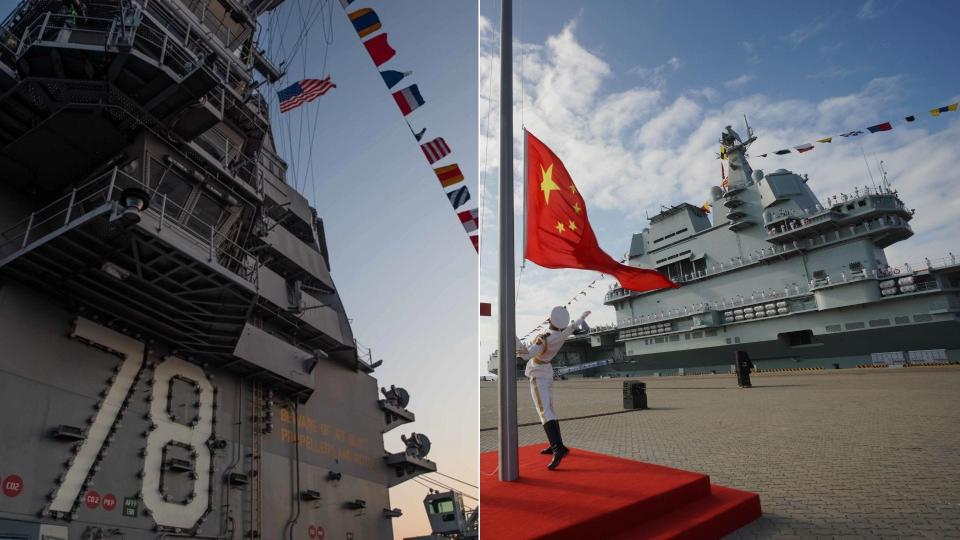

Funaiole explained that China may have a different mindset from the US on how to use its carriers, instead wanting the ability to project power when it wants and where it wants, which is different than how the US spreads its influence.
For the US, carriers are just one tool which, when combined with US bases, logistics hubs, humanitarian projects, and military installations in other countries, it uses to create a large network of allies and partners. “The US has a very different mindset about what it is in the world versus how China sees its role in the world,” Funaiole said.
Part of that may come from China’s history. As retired Cmdr. Michael Dahm of the US Navy, and Peter W. Singer, a strategist at New America and author, wrote for Defense One earlier this month, defeat at the Battle of the Yalu River in 1894, as well as the larger “Century of Humiliation” that followed, weigh heavily on the minds of the Chinese and PLA Navy’s leadership.
These factors, combined with how long China has wanted to build aircraft carriers and how the vessels reflect national pride, create a situation where the success of its carrier program is directly tied to its success in becoming a great power, if not a leading world power.
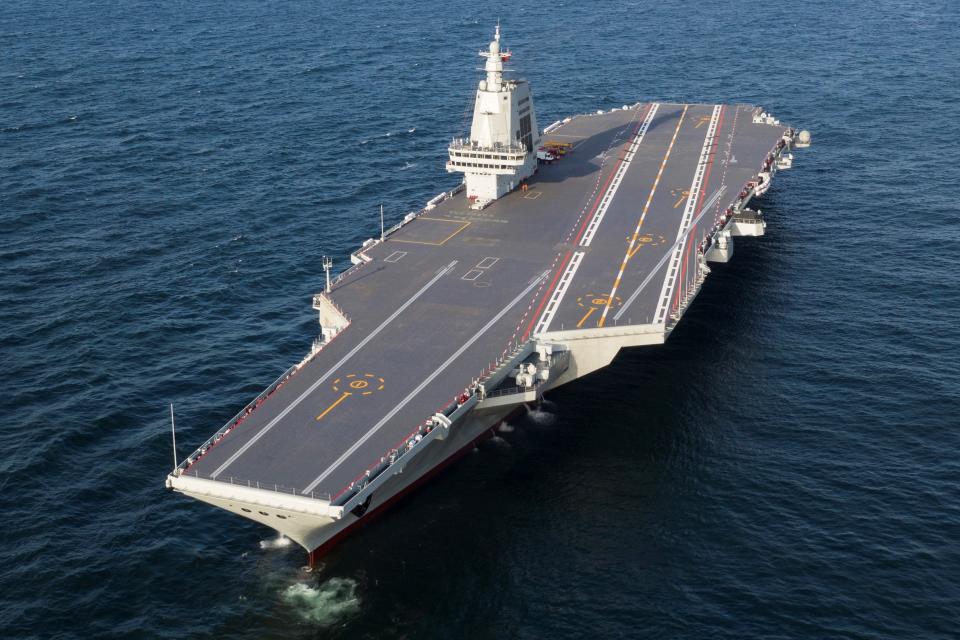

But just because China is building carriers quickly doesn’t mean it can bypass the growing pains that come with carrier operations. China’s biggest problem will be fielding the right talent and getting them the experience needed, something the US has mastered through over a century of carrier operations.
China’s carrier force is a little over a decade old, meaning its most senior leaders are still getting their feet wet and may not have the expertise to train newer people. And with the technological jumps between carrier types, that learning gap only grows.
China, of course, can and does learn from the decades of US trial and error, but that doesn’t mean it can build what Guy Snodgrass, a former defense official and US naval aviator, described as the “connective tissue” necessary to conduct carrier operations, generate big sorties, and seamlessly bring every element together, from aviation to maintenance and logistics, without actually experiencing it. Some things can really only be learned by doing them.
Read the original article on Business Insider

David Turner is a globe-trotting journalist who brings a global perspective to our readers. With a commitment to shedding light on international events, he explores complex geopolitical issues, offering a nuanced view of the world’s most pressing challenges.

